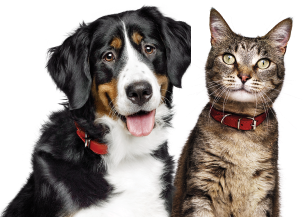The Ragamuffin is a placid cat but does not really go limp when you hold her. She is even tempered and gets along well with all family members. Changes in routine generally do not upset her. She is an ideal companion for those in apartments.
The Ragamuffin tends to have a fatty pad on the lower abdomen. While this is acceptable in the breed, it is not an excuse for permitting her to become overweight or out of condition. The nutrition of the Ragamuffin should be controlled.
As a placid cat, the Ragamuffin needs interactive exercise in addition to playing room in order to keep her in shape. If need be, she should have her parent spend a dedicated period of time playing with her.
The coat on the Ragamuffin, while impressive, is easier to care for than it first appears. The coat should be brushed daily but this should be all that is needed in order to keep knots and tangles out of the coat.
To learn the history of the Ragamuffin, begin with the history of the Ragdoll. Despite the colorful and completely impossible legend of the Ragdoll's origin, that beautiful cat is one of the most popular breeds. What can be verified is that the ragdoll was started in the 1960s in California. The Ragdoll may well have been a mix of the Burmese, Birman, and the Persian, but the cat credited as the original ragdoll is a white cat named Josephine. The Ragdolls are thus considered Daughters of Josephine.
The creator of the Ragdoll, Ann Baker, felt that in Josephine she had a cat that was so placid that she went limp when she was held, which is the origin of the name.
Eventually Ragdoll breeders disagreed on where they wanted the breed to go. One group wanted to continue to outcross the Ragdolls and wanted other colors and patterns to be accepted within the breed. This disagreement resulted in a new breed, one that could look almost identical to the ragdoll in color and pattern, or one that could look completely different.
This new breed was called the Ragamuffin, and they are also considered to be daughters of Josephine.






















